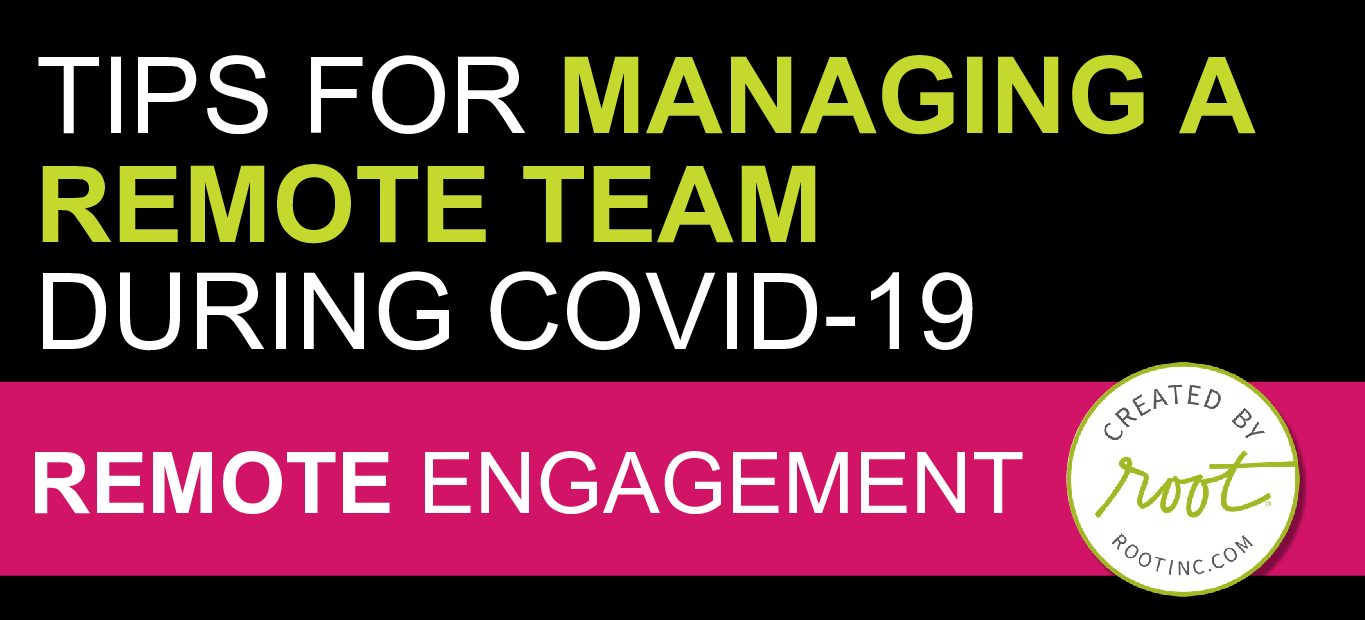With all the time spent looking at colleagues on computer screens, many of us are hungry and excited to return to in-person interactions. However, that doesn’t mean we should abandon the lessons and silver linings of the past year and a half. During this time, three very clear silver linings have been revealed, and as we push forward to resume some of our “old” workplace habits and behaviors, we cannot forget the benefits that virtual events have delivered. Instead, we need to take what we’ve learned and apply it to the way we do business today and in the future. After all, there’s no need to go back to the old way of doing things if we can create a better version, right?
Three Silver Linings to Keep in Your Event Playbook
As we resume in-person events and activities (yay!), we need to remember that we now operate in a hybrid work environment. In fact, Hibob, the people management platform, tells us that only 10% of employees surveyed want to go back to brick-and-mortar offices. So even if we want to return to our 2019 rituals, we need to acknowledge that this isn’t viable – the mindsets and preferences of the workplace and the worker have changed.
Thankfully, the shift from in-person to virtual events has been revealed a few great benefits:
Scale. When holding a virtual event, your guest list can be as long as your heart desires. Want to invite all your top leaders around the globe? Do it. Want to add the next-level leaders too? Sure. What about inviting the entire company? Yes, that’s possible too. What’s more, it’s easier to engage more people virtually at any given time than it is to do this in-person.
When headcount restrictions are eliminated, every single employee now has the opportunity to be a part of a company event. Anyone can have the chance to hear the CEO speak live. This is a powerful and irreplaceable way to create connections between top leaders and everyone else in the business. This is exactly what a virtual event is capable of.
Equity. Virtual and hybrid events give organizations a stronger ability to meet people where they are. We need to ensure we create a level playing field by giving people the opportunity to get information, regardless of their physical location. This is part of what we talked about with scale, but it also makes communication more equitable.
Before 2020, attendees joining an in-person meeting via computer or phone would be forgotten about, stuck on mute, and never offered an opportunity to contribute in the same way as their in-person counterparts. But we now know that attending a meeting virtually doesn’t have to be a source of frustration or a waste of time. Instead, it can offer amazing opportunities. For example, there is no visual hierarchy in a digital event, as each attendee takes up the same amount of space on the screen. People based in different locations can meet face to face for the first time. C-suite leaders can connect with folks across all levels and locations. Virtual events are a game changer.
Frequency. It’s more cost-effective to run a virtual event, so you can do them more often! For example, colleagues from around the globe can engage together without spending days in the air, mitigating jetlag, or paying for pricey flights and hotel accommodations. Organizations no longer need to settle for holding just one in-person event each year, but can plan quarterly virtual meetings that give all employees the chance to be involved. No, in-person events do not have to be eliminated, but a cadence of regular virtual events provides the opportunity to inform and include all employees, regardless of whether they’re working at home, have adopted a hybrid schedule, or commute each day to headquarters.
Engaging More Often Is a Must
2020 changed the way we live and work, and organizations were forced to find new ways of doing things – including how leaders and their people interacted. Fast-forward to today and we’ve become accustomed to the electronic ping that introduces a new attendee to a meeting. As the world prepares for another cycle of change, we can’t simply return to the way we used to do things.
According to a new study by WeWork, almost 80% of C-suite executives polled say they agree to staff splitting time between corporate offices and remote working. As your organization increases on-site and in-person activities, there will be people who want to stand by you but choose to do this remotely. To support people who choose to work from home full-time, part-time, or any option in between, leaders must continue to build virtual events and meetings into their organization’s culture and behaviors.
“The virtual event was, in many ways, better than the physical event. We have now demonstrated that a digital platform can be leveraged for more inclusive, more frequent engagements.” – Root client and one of the world’s largest consumer goods companies
Virtual events are scalable, cost-friendly, and headcount-inclusive. Virtual events ensure that remote and hybrid employees are supported and given opportunities for growth and development. And when combined with in-person experiences, virtual events create a well-rounded and effective engagement strategy for your people.
TL;DR: If your organization hasn’t honed its virtual event skill set yet and figured out how to combine virtual events with in-person experiences, the time is now.









